

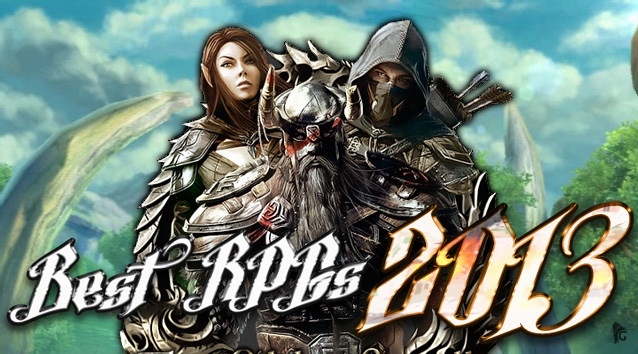
Update: We've added Dark Souls 2 and removed Dragon Age 3. The latter title is only slated for a 2014 release. Dark Souls 2 has a rightful place on this list—read on and find out why we think so.
Death and taxes aren’t the only two things certain in this life, as 2013 will be a fantastic year for roleplaying games—and that much is certain.
It saw the release of Mass Effect 3—a good end to a fantastic trilogy; The Witcher 2 on the Xbox 360 showed that the PC isn’t the only platform out there capable of hosting RPGs of the “thematically rich” and “complex” varieties; Dark Souls gave us a challenge unlike any other; Dishonored—not quite an RPG of the traditional variety, allowed us to have an impact on the world through our actions, with the freedom to choose how we went about it; and Diablo III was out after a decade of heavy anticipation. Not content with giving us just one action RPG to play with, Runic Games released Torchlight II, its sequel to one of the best spiritual successors to the Diablo series ever made. Tactical RPGs were not left out in the cold, as 2012 also saw the release of XCOM: Enemy Unknown, a game that’s every bit as good as the original XCOM and then some.
In spite of this year’s releases, there’s no such thing as having too many good role-playing games. Thankfully, game developers and publishers alike have promised to release another round of fantastic RPGs in the year to come. 2013 promises to offer even more great role-playing games. To that end, we’ve compiled a list of the ten RPGs we want to play the most—and these are just the tip of what the year has in store.
“A Realm Reborn” is more than just a meaningless subtitle for Final Fantasy XIV. It’s an accurate description of what the game’s relaunch happens to entail. When it was first released, it didn’t do so well because it played too much like every other MMORPG on the market. It failed to live up to Final Fantasy’s grand premise and served as little more than a graphical update to the other FF MMORPG on the market, FF11.
Everything about the game has been overhauled—from the character creation to the core gameplay. Additionally, players will be able to define their characters to a much greater degree with the introduction of a new Armory system which lets you influence your character’s development and playstyle based on the equipment you carry. Rather than being locked into a set class from the beginning, simply equipping an item will allow you to take on the class associated with it.
The game’s being completely relaunched in 2013 as an all new game, and it’s been in development over the past year on both the PC and PlayStation 3.
Readers of Brandon Sanderson's Mistborn series may find the name familiar. That shouldn't come as too much of a surprise, as Mistborn: Birthright is set to serve as the first videogame based on the popular fantasy book series.

Mistborn: Birthright is set as a prequel to the main series, during the early years of the Final Empire. The player takes on the role of a young Fendin "Fiddle" Fathvell, a Mistborn who must come into his own as he learns how to control his powers and abilities.
For those not in the know, the books themselves describe the Mistborn's abilities in a very videogame-like manner. In short, the Mistborn have the ability to control metals, by first consuming a small shard of them. Consuming certain types of metal (iron, tin, gold, etc) will give the Mistborn the ability to perform preternatural "Allomantic" feats such as pulling oneself towards any piece of metal, or propelling others from oneself. Some metals may also allow a Mistborn to influence the minds of others through suggestion. It's a bit like the Force, except a lot more nuanced—and actually explained in technical terms. The world has many Allomancers who can perform one or two of the feats, but not the others—the Mistborn is set apart from the rest by being able to perform all of them.
Needless to say, Mistborn: Birthright is going to be an interesting game—especially since Brandon Sanderson is writing the story and dialogue.
The sequel to Tales of Xillia is already out in Japan, but the first game is only being released in English next year. Like all the other games in the "Tales of" franchise, Tales of Xillia is a standalone title with its own story to tell.
For the first time in the series, players take on the roles of two main characters, Jude and Millia, from different character designers. The two character designers previously worked on their own Tales games, but never together. It's also the first time that the game will be played from an over-the-shoulder viewpoint rather than a top-down view. Rather than exploring abstract locations, players will be able to walk through the entire game, exploring life-sized structures.
Unchanged (or at least minimally changed) is the game's real-time combat system, which remains one of the best in role-playing games. As an active, twitch-based combat system, players must chain attacks and perform skills (called Artes) to increase their damage, weaken enemies, or support their allies. Players control a single character supported by party members.
What is it? It's a JRPG with a real-time combat system. In other words, it's a Tales game.
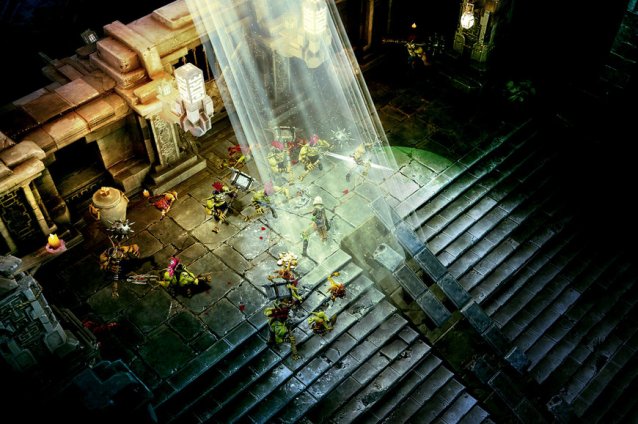
Sacred 3 is the third game in the long-running Sacred franchise of action RPGs, whcih began as an alternative to Diablo II. No longer developed by Ascaron, Sacred 3 is now in the hands of Deep Silver, who have visited the world of Ancaria with an all new vision that promises to bring new life to the series
In Sacred 3, players can choose to play a variety of different character classes, as they play either in single-player or cooperate online to progress through the campaign and defeat the emperor of the Ashen Empire, who has an iron grip over the world of Ancaria. Players will revisit many of the locations previously introduced in Sacred 1 and Sacred 2, all of which can now be seen in a new light—and given the proper breadth and scale they deserve.
What is it? It's an action RPG, playable offline and online, in which you hack and slash humans, monsters, and giant beasts to death while earning loot and upgrading your character with new skills and equipment.
Lightning Returns is the third, and hopefully final episode of Final Fantasy XIII, a series which began as a game that was entirely all-too-cinematic with too few role-playing elements.
Lightning Returns hopes to bring the role-playing back into Final Fantasy by allowing players to fully customize Lightning, the game's protagonist, this time around through her skills, weapons, and equipment/outfits—core elements in any RPG, except for the original FF13, evidently.
The story is set hundreds of years after the events of Final Fantasy XIII-2 with players controlling a single character—Lightning—rather than a party of characters. It's something different for the Final Fantasy series, for a change.
What is it? A Final Fantasy game in which you control a single character, Lightning, and have—for the first time ever—the ability to actually customize her and control the decisions she makes.
Divinity: Original Sin is the third title in the Divinity series, which began with Divine Divinity. The game is described as a prequel to Divine Divinity (a weird name if ever there was one) in which players actually take on the role of two main characters instead of one.
The two characters must interact with one another during the game's dialogue, as they can agree or disagree with each other on the course of action. The game uses this mechanic to great effect by offering a cooperative multiplayer mode in which two players take on the roles of each of the characters—a feat that's never been done before, at least in the realm of videogames.
What is it? It's a tactical RPG where you control two characters, or where you and a friend participate in a story together.
Ni No Kuni: Wrath of the White Witch (that's a mouthful!) is Studio Ghibli's first ever foray into videogame making. The studio is sometimes called the "Disney of Japan" and is beloved for its animated films like My Neighbor Totoro and Spirited Away.
Teaming up with the makers of Jeanne d'Arc, an award-winning RPG for the PlayStation Portable, Ni No Kuni is the only role-playing game (or even game, really) to feature the designs, artwork, and animation of Studio Ghibli, with a storyline and characters written by the studio.
Players take on the role of a small boy who loses his mom, and ventures into a magical parallel universe in order to bring her back. Like any Studio Ghibli film, you can expect to cry—a lot.
What is it? It's an RPG by the makers of My Neighbor Totoro. What else is there to say? Oh yeah, you can summon and control cute-looking monsters with a magical book.
The Elder Scrolls Online is Bethesda's first ever foray into massively multiplayer online role-playing games (MMORPGs) and brings players into the world of Tamriel, the setting previously used in Skyrim, Oblivion, Morrowind, and Daggerfall before it.
Set a thousand years before the events of Skyrim, The Elder Scrolls Online will pit player against player within one of three major factions as the world itself is threatened by an ancient, evil daedric prince. Players must battle for dominance over Tamriel while simultaneously dealing with the demonic (or daedric) invasion.
What is it? It's an MMORPG akin to World of Warcraft and Guild Wars 2, but set in the Elder Scrolls setting.
Dark Souls 2 is a game in which you will die, a lot. Developed by From Software as an open-world RPG, Dark Souls 2 has no direct connection with the first game aside from its gameplay. Like its predecessor, the game contains elements of role-playing, a bit of grind, and mastery of skill.
Roughly twice the size of Dark Souls, the game is being designed to be made more accessible to newcomers of the series while challenging them with appropriate hurdles as they get further into the game. In other words, it's not as unforgiving as previous titles in the Souls series and should be a lot easier to get into. That being said, its developers promise that parts of the game will be even harder than anything players have ever seen before, so they shouldn't get too comfortable with the game's linear difficulty curve.
Due to the challenge it offers and how different it will be from any existing title, Dark Souls 2 is one of the most sought-after RPGs of 2013.
Kickstarter has allowed a great many games to gain widespread support and earn funding. It has served as a venue for both indie developers and mainstream ones alike to secure the funds to develop games that would've otherwise never been able to exist through the old publishing system.
Wasteland 2 is one of the games currently in development thanks to funding at Kickstarter. Headed up by the creators of the original Wasteland, the spiritual ancestor of Fallout. Wasteland 2 is proof of Kickstarter's feasibility as a funding platform, as many shared their doubts that the game would even receive funding as its developers had nowhere as much clout as Tim Schafer and Double Fine, who used Kickstarter for their Adventure Game.
Two decades after the release of the original Wasteland, Wasteland 2 is set to raise the bar for role-playing games just as the original title did for the genre way back in the day.
It helps to know that Obsidian Entertainment is also a part of the game's development.
What is it? Wasteland 2 is the sequel to Wasteland, an RPG set in a post-apocalyptic environment. It is a turn-based, party-based game with tactical elements with players controlling four player characters supported by three non-player characters.


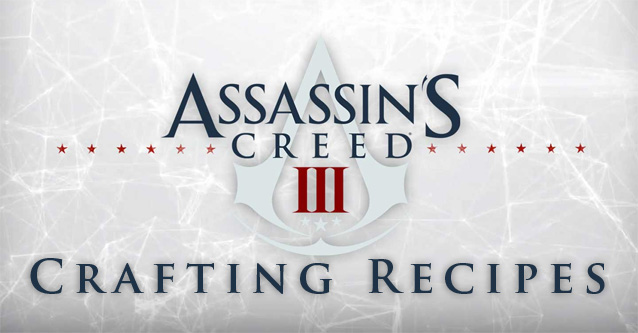

 Rocksmith 2014: The 60 Day Challenge Part 1 - Learning the Basics
Rocksmith 2014: The 60 Day Challenge Part 1 - Learning the Basics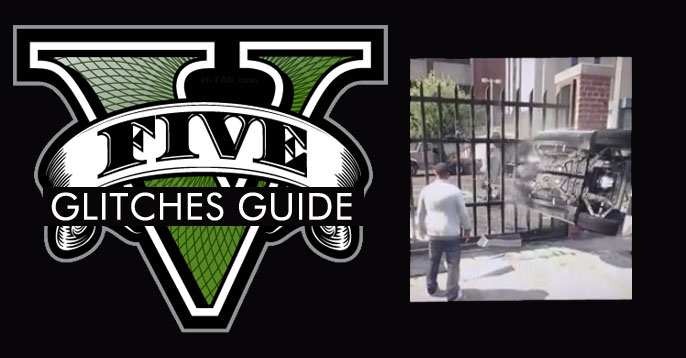 Grand Theft Auto 5 Glitches Guide
Grand Theft Auto 5 Glitches Guide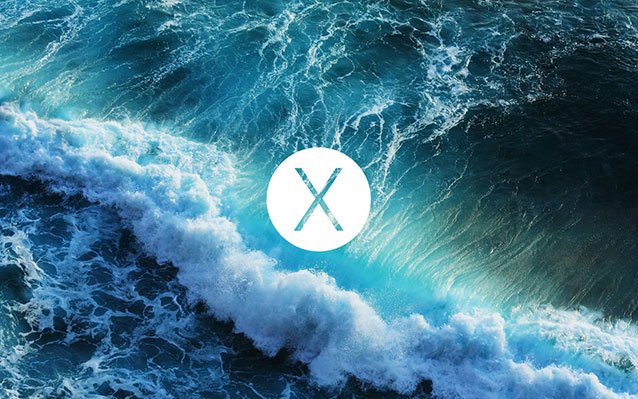 Top 15 Best Mac OS X Games of 2014
Top 15 Best Mac OS X Games of 2014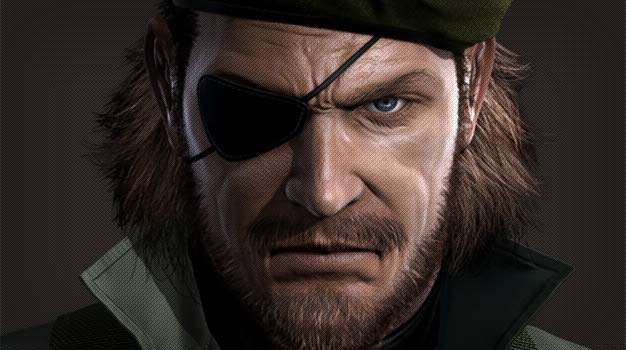 Metal Gear Solid: Peace Walker PSP Walkthrough and Cheats
Metal Gear Solid: Peace Walker PSP Walkthrough and Cheats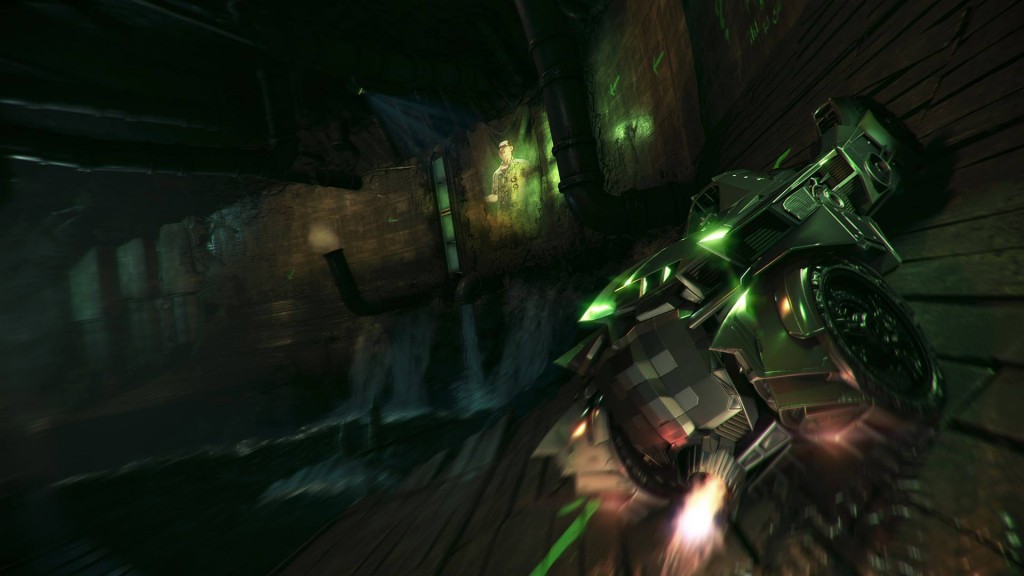 Batman Arkham Knight Guide: How To Find All Riddler Trophies On Bleake Island
Batman Arkham Knight Guide: How To Find All Riddler Trophies On Bleake Island